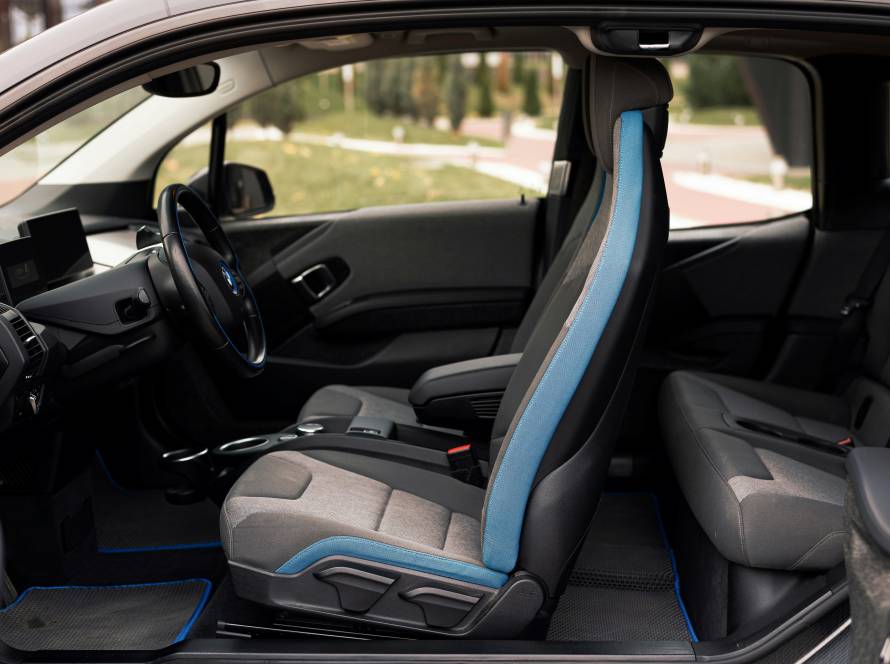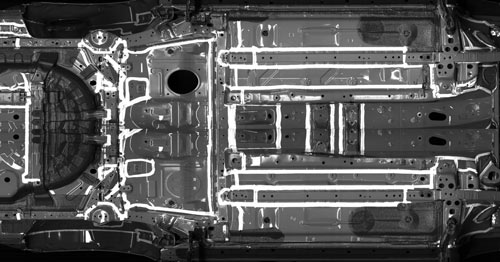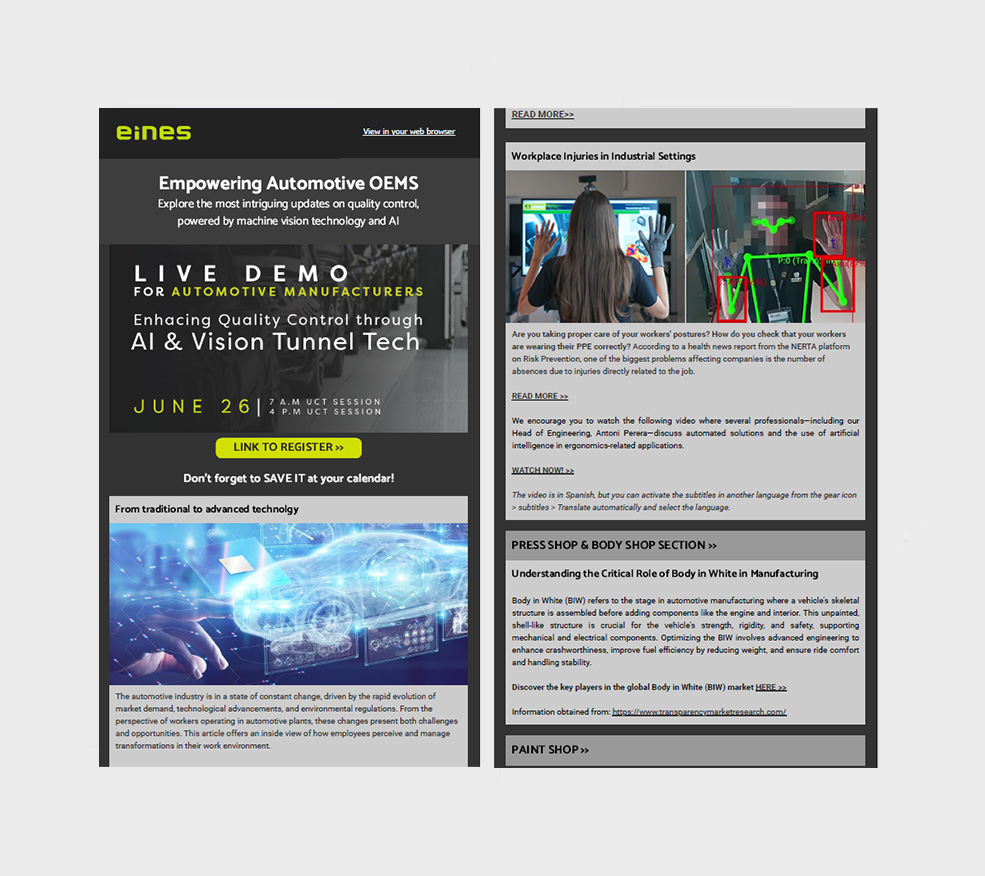In the automotive industry, the Body-in-White (BIW) phase is a critical stage of vehicle production. This is when the raw structure of the vehicle—free from mechanical components, wiring, and paint—takes shape.
Ensuring a thorough quality inspection at this stage is vital because any undetected defects, such as missing holes or improperly placed screws, can be carried through the entire production process, leading to compounded issues that are harder and more expensive to resolve later.
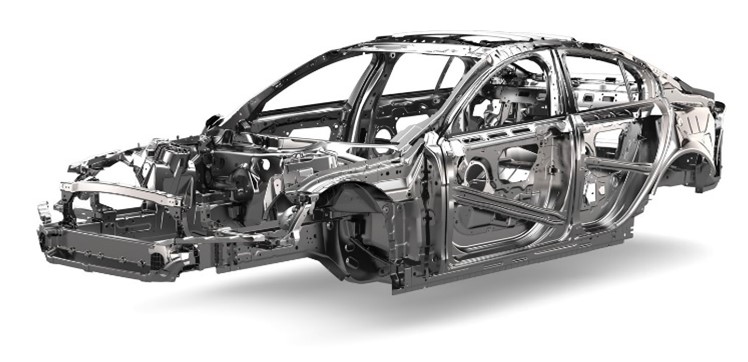
Why is Visual Inspection Critical in the Body Shop?
The BIW phase involves assembling various components using methods such as welding, riveting, and adhesive bonding. Precision in this phase is essential, as even minor deviations can result in serious downstream problems, affecting vehicle safety, functionality, and aesthetics.
However, traditional manual inspection methods, while helpful, are limited in their ability to keep up with the demands of high-volume production and the precision required. This is where automated visual inspection systems provide a reliable solution.
Automated Visual Inspection: A Revolution in Error-Proofing
Modern vision systems, powered by artificial intelligence (AI), offer an advanced solution to BIW inspection challenges. By automating the process, manufacturers can implement error-proofing, proactively identifying and correcting defects at the earliest stage. This minimizes the risk of carrying defects into later stages, where they are more difficult to address.
Vision Systems in Action: Ensuring BIW Specifications
Automated vision systems perform critical inspections such as validating the presence and position of holes, screws, and welds, as well as checking dimensional tolerances to ensure parts align correctly. These systems also excel at detecting surface defects like dents or scratches, which could impact the final product’s appearance and aerodynamics.
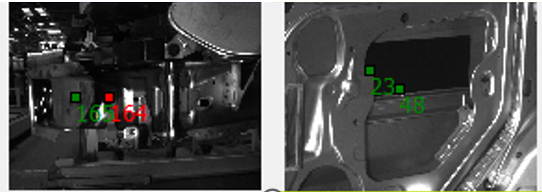
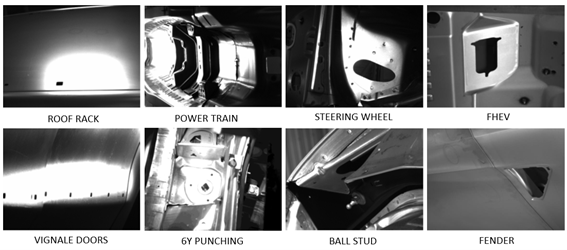
By integrating these systems into the BIW phase, manufacturers ensure that every component meets design specifications, improving overall production efficiency and quality.
Key Benefits of Automated Vision Systems
Automated vision systems deliver significant benefits for body shops, including enhanced accuracy, consistent performance, real-time feedback, and cost savings through reduced waste and rework. Additionally, the data collected by these systems enables continuous process improvements, helping manufacturers identify recurring issues and optimize production lines for maximum efficiency.
Conclusion
The Body-in-White phase sets the foundation for the entire vehicle assembly process, making it essential to ensure precision and quality at this stage. Automated visual inspection systems are revolutionizing quality control in body shops, providing the tools necessary to detect and correct defects early, while also enabling manufacturers to achieve the high standards demanded by the automotive industry.
At Eines Vision Systems, we specialize in state-of-the-art vision solutions that empower manufacturers to meet these challenges head-on. Contact us to learn how our systems can enhance your BIW quality control processes and drive production excellence.



